Semi-Automatic Washing Machines
Here’s the thing! When it comes to washing machines, there’s just no shortage of options. Whether you want an intervention-free washing experience or you want some control over during the cleaning cycles it is up to you.
With users backing different models and designs, the debate over which does a better job will not end soon. To give you a little insight into decision making, we’ll take through semi-automatic washing machines.
Before you make an investment of buying a washing machine for your home, consider the important points that ensure you make the right decision.
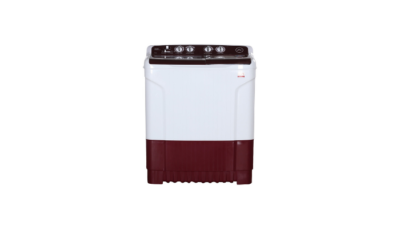
Godrej WS Edge 680 CT 6.8kg Washing Machine Review
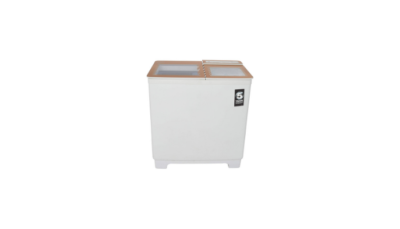
Godrej WS 900 PDS 9kg Semi-Automatic Washing Machine Review
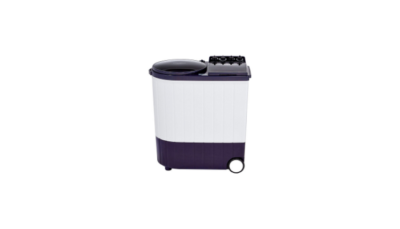
Whirlpool 9.5 kg Semi-Automatic ACE XL Washing Machine Review
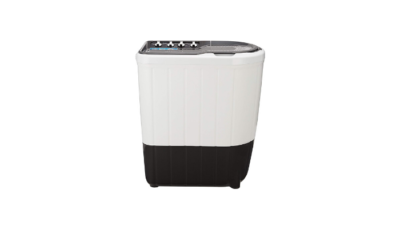
Whirlpool Superb Atom 70S 7 kg Semi-Automatic Washing Machine Review
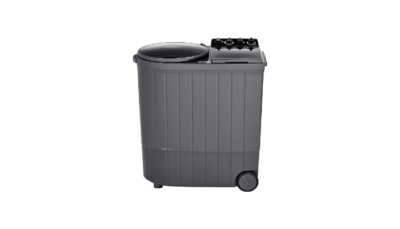
Whirlpool ACE 10.5 XL 10.5 kg Semi-Automatic Washing Machine Review
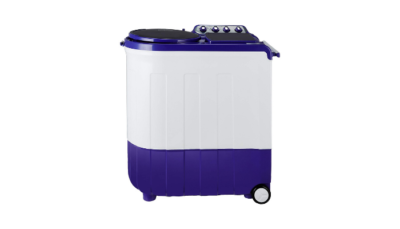
Whirlpool 8 kg Semi-Automatic Washing Machine Review
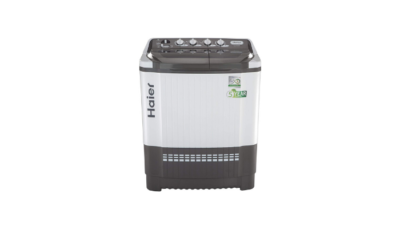
Haier HTW80-185VA-1 7.8 kg Washing Machine Review
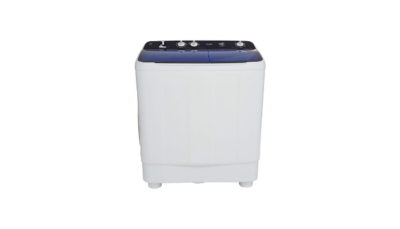
Haier HTW90-1159 9 Kg Washing Machine Review
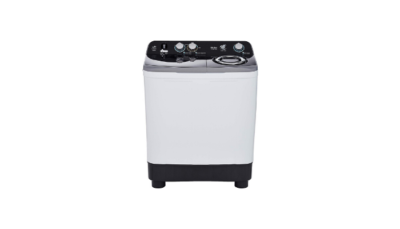
Haier HTW85-186S 8.5 Kg Washing Machine Review
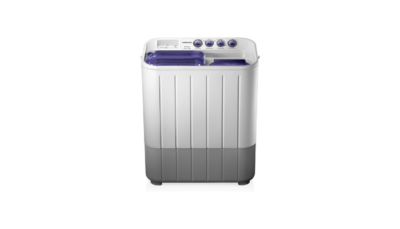
Samsung 7.2 kg Semi-Automatic Top Loading Washing Machine (WT725QPNDMPXTL) Review
What is a semi-automatic washing machine?
In the simplest terms, semi-automatic washers need some intervention during any given wash cycle. Unlike their fully-automatic counterparts, the user will have to do some of the aspects manually.
For instance, some models will require water filling and draining by hand as well as transferring clothes from one compartment to another. The advantage of this is that the user gets to exercise more control over the cleaning process.
On the downside, the design demands constant attention. Then again, semi-automatic washers tend to have comparably less advanced features. Of course, with fewer features expect to pay less for a semi-automatic than a fully-automatic model.
How does it work?
With semi-automatic washers, you’ll more or less the machine what to do. In principle, the workings depend on manual input. Of course, the wash cycles are not far different from the automatic system only that manual intervention is needed from time to time.
Beyond manual interventions, there are settings that are used to direct the washer through the process.
Key features
Design
At the core of most semi-automatic washers are two tubs with one serving as washing compartment and the other for drying. As a rule, you’ll insert the laundry on the washing compartment then transfer them to the other compartment for drying when the cleaning is complete.
Top loading
Most semi-automatic washing machines you may come across are top loading in nature. It means the clothes to be washed are placed in the machine from the top side.
Digital display and controls
For user interaction, semi-automatic washers feature a digital display with backlight fro keeps tabs of the wash times among other settings.
Once you set the control inputs, you’ll be able to see from the display on run times, temperatures and so on. Remember, the rendering of these display and control features do vary from model to model.
Load detection
Another useful feature has to be an ingenious load detection technology that automatically gauges the load and determines the most appropriate program for optimal washing. Unfortunately, this may not be available in cheaper models.
Safety features
Standard semi-automatic washers come with various safety features to ensure no accidents occur when the machine is in use. From child locks to the safety door lock that prevent opening when washing is in progress.
Fabric-specific wash programs
Most washers come with various wash programs to cater for different types of fabric. For instance, you’ll have different settings for cotton, wool, microfiber, and synthetics complete with varying temperature controls and spin speeds. In premium semi-automatic washers, you may also have quick wash programs for one-touch cleaning for less dirty laundry.
Capacity
The load capacity of semi-automatic washers will vary from one model to the other. In most cases, the range begins from five to twelve kilograms or more. Take note the capacity is mainly proportionate to the actual size of the machine. So, not only will you spend a little more for bigger capacity washers, but you’ll also need more space for storage.
Conclusion
While the workings of semi-automatic washers may not be as efficient as fully automatic alternatives, a combination of manual and automatic control allows more control. Perhaps that explains why semi-automatic washers are quite common.
